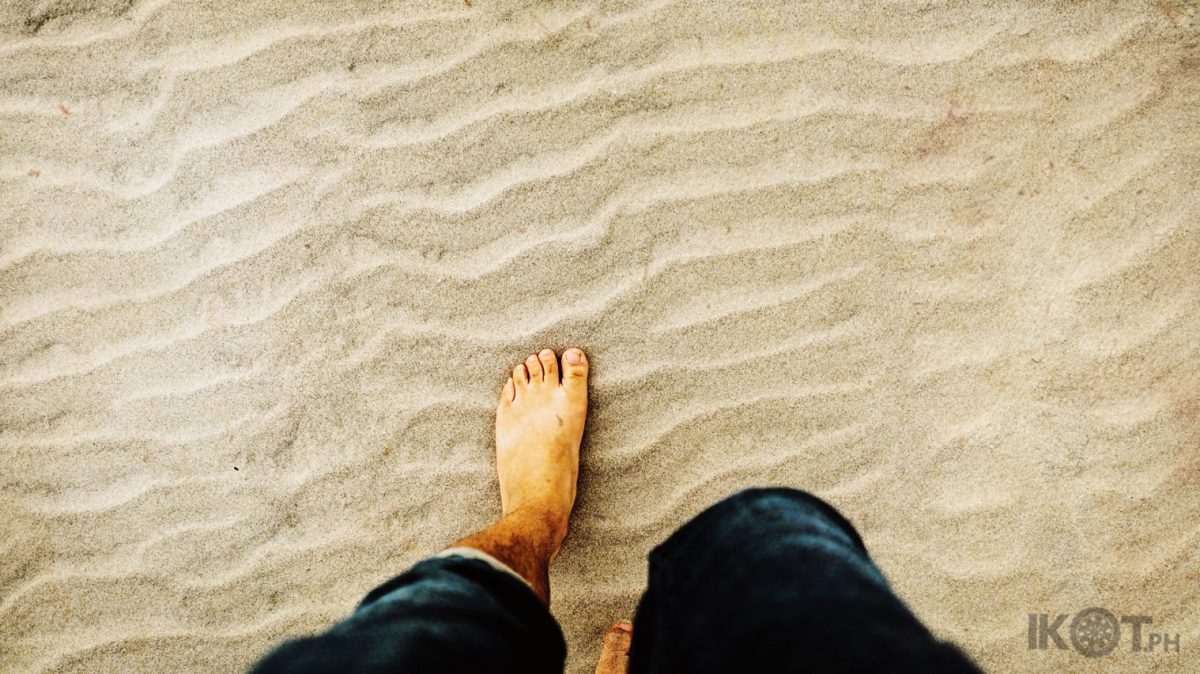In the past, our ancestors were closer to the Earth. They walked barefoot and slept on the ground.
As we developed into the society we are now, with more concrete spaces than parks. Our connection, and interaction, with the Earth have decreased significantly.
Coincidentally, as our lives have gotten more comfortable, immune disorders, chronic diseases, and inflammation in the body have increased. But some attribute this increase to the lack of grounding rather than writing it off as a coincidence.
What is Grounding?
Grounding refers to activities that usually involve direct contact of bare skin to the surface of the Earth. This includes touching grass, dirt, or sand. The practice of grounding can be dated back to the Chinese with their focus on ‘Earth Qi’. It is also present in the cultures of other indigenous peoples where connecting to the Earth is integral to their practices.
What are grounding practices?
There are different types of grounding, all of them relying on your connection to the Earth, directly or indirectly. The easiest is to walk on soil, grass, or sand with your bare feet for at least 30 minutes daily. You can also do this by lying on the ground. Just be mindful to be on clean and safe ground when you’re grounding.
If you don’t want, or couldn’t, touch the earth directly, there are items that can be used in grounding. This involves using the following: mats, blankets, band and patches, and socks. Some even use metal rods connected to the ground that connected to their bodies using a wire. Obviously, the practice will vary depending on each individual’s preference and comfort levels.
Some people argue that contact with water can also be a form of grounding. This can include submerging yourself in a lake or sitting on the beach with your feet in the water. The use of crystals or rocks in meditation can also be indirect grounding. These crystals come from the earth and are more accessible if you live in condensed cities.
The main element of grounding is to “ground” or electrically reconnect yourself to the Earth. The healthy, intact human skin has bioelectrical activity. And the Earth is said to have a negative charge, so as we make contact with the Earth, we discharge our excess energy, and that allows healing on a cellular level.
Scientific Findings
Scientific research has found good results of grounding for the healing of wounds, muscle damage, inflammation, chronic pain, and mood stability. They believe that grounding can restore the natural defenses of the body.
In one of the studies, all participants had their blood measurements taken before and after grounding. The results indicated that after grounding, there is significantly less red blood cell clumping suggesting benefits for cardiovascular health. In 2015, a study documented the accelerated improvement of an 8-month-old, non-healing open wound suffered by an 84-year-old diabetic woman.
While there is still so much to study about grounding and the science behind it, whether placebo or not, it’s important to note that it has had some impressive results in the research available today. At this point, it can’t replace evidence-based medicine and we don’t recommend sole reliance to grounding for something that may need professional attention. But, if it can help the odds be turned in your favor, maybe it’s worth a shot.


